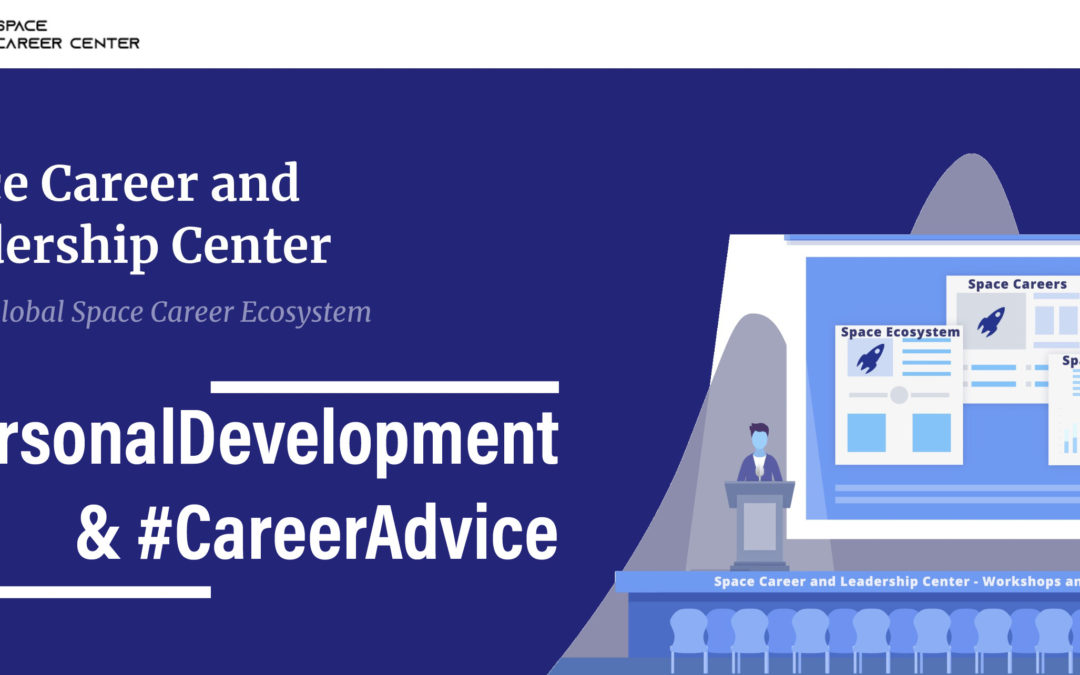Keywords: resume, curriculum vitae, applications, how-to.
Tl;dr: A resume is a subset of a curriculum vitae (CV). Having both is helpful, but for a job application, a resume should be okay.
A couple of days ago, some people on Twitter were talking about the differences between a resume and CV. There are probably as many different opinions out there, as recruiters or candidates, but I wanted to use this to write about how we at Space Career and Leadership Center try to explain the differences. The easiest way is to divide them into for use cases:
- Curriculum Vitae
- Academic Curriculum Vitae
- Resume for active applications
- Resume for non-active application
Here are the differences:
Curriculum Vitae
- Very long list with everything that happened in someones life.
- Details on education, academic and professional experience.
- Additional all extracurricular activities, hobbies, etc.
- A CV is the main source for historical data and can be very long, often 5 or even 10 pages.
Academic Curriculum Vitae
- Derived from the regular CV, but only related to a specific academic position or someones academic career.
- Consists of all publications, projects, studies, workgroups, grant projects.
Resume, active application
- All information from the CV that are targeted for a specific position.
- Individual adjustments for descriptions are possible.
- Never more than 2 pages, better 1.
Resume, non-active application
- A resume with no target audience is one of the most complicated things to write.
- It reflects everything related to a possible (dream) position, without knowing who it reads.
- Best approach is to write it for an imaginary future boss.
While this seems to be easy to separate them from each other, however, it’s not so easy to prepare them and to hit the needed language for a specific situation or the target recipient.
About Us
Space Career and Leadership Center built the first space career ecosystem providing guidance and help related to professional and leadership development in space.

